How to Plan and Implement a No-Buy Year
A no-buy year is a focused intention to buy less and reduce your shopping tendencies.

This post contains affiliate links. By clicking on them I may receive a small commission at no extra cost to you. As an Amazon associate I earn from qualifying purchases. Thank you for your support!
A no-buy year or low-buy can seem like an extreme experiment in practicing minimalism or having less.
Whatever your reasons for considering this as an option, know that you are not alone and many have done it successfully.
First you need to understand the difference between a no-buy versus low-buy, then go through the steps to ensure your success.
Keep reading to learn all about a no-buy year and how you can use this experiment to reframe your consumption.
join the style membership for fashion frustrated women
The Radiant Woman Adventure
Understand your personal style, choose clothes that flatter your body, and look amazing every day. Get help with color analysis, style essence, body type, and building an easy simplified closet with a personal stylist in your pocket.
Table of Contents
Benefits of a No-Buy/Low-Buy Year
What are the potential benefits of a no-buy year? They can range from external to internal, so let’s take a look at what you might gain.
- Monetary – in buying less you are naturally spending less, so you might find your financial status improving due to a no-buy year.
- Mindset – shopping creates a rush, just like drugs and addictive behaviors. Pushing yourself to eliminate consumption for a year will have a great effect on how you approach shopping and view its importance.
- Environment – manufacturing is hard on the environment in many ways, some industries worse than others. Not only does this affect usage and resources, but you are using less gas for driving/shipping, and reducing your waste by using things to the last drop.
- Lifestyle – by cutting out your shopping, you may be making time for other areas of your life, from family or hobbies, to education or a new home. Less stuff equals more of you.
Low-Buy versus No-Buy
What is the difference between a low-buy year and a no-buy year? Well, it’s basically like it sounds.
A no-buy year assumes that you won’t make any purchases for 365 days in that category. The idea here is to cut out ALL unnecessary purchases with the goal of spending less and to reframe your consumption.
In our culture we spend a lot on unnecessary items. America is the richest nation in the world comparatively, with 41% of the world’s millionaires. If you’re completely fed up, a no-buy year might be in your future.
A low-buy, on the other hand, still allows for some extra purchases. These are usually pre-determined by the goals and rules you establish, and also by the areas in which you may be struggling.
You can also do a blended no-buy/low-buy, where you commit to a no-buy in one or more categories, and a low-buy for everything else.

Create Goals for your No-Buy/Low-Buy Year
What’s your Why
If you’re considering a no-buy or low buy year, I’d be willing to be you have some significant reasons. Tackling a project to buy little to nothing for 365 days isn’t to be undertaken lightly.
It’s important to search yourself and discover what it is you’re hoping to accomplish within yourself, your finances, your home, your family, or any other area for the next year.
You could be tackling anything from shopping addiction, fighting consumerism and consumption, focusing on saving for a vacation, paying off debt, working towards a minimalistic lifestyle, or any combination of the above, and endless other goals.
Write down your why, several places and where you can see it, so when you feel tempted you have the base reason to refresh your memory.
Monetary goals
Monetary goals can be a big driver of a no-buy year. I know from a fashion perspective the average American woman owns between $1000-2500 worth of clothes. When it comes to yearly purchases, the number is between 30-40 items a year new in the closet.
That doesn’t even begin to calculate the number of other items we buy each year for the home, gifts, etc.
Amazon Prime has ruined us all and it’s far too easy to hit ‘buy now’ and get something 2 days later if we think we ‘need’ it. Imagine what kinds of monetary goals you could set by drastically reducing your spending in just one area for 365 days.
What would you do with those savings? Take a vacation, pay off debt, give generously?
Freedom goals
When we talk about freedom, it’s tied neatly to monetary goals when you really think about it. All those pieces of stuff in our homes add time to maintain. Laundry, cleaning, organizing, etc.
Imagine how having LESS via purchasing less could free up time and energy to do other things we actually enjoy?
When considering a fashion/closet no-buy year, how much time could we additionally save by reducing decision fatigue in learning to use the things we already own rather than thinking about what outfit piece we “need’ to complete our look?
Lay the Ground-Rules for a No-Buy/Low-Buy Year
Analyze your Spending
Your first task is to take a long hard and what you’re spending and in what categories. Each person is going to have their own areas of weakness here, so there’s no wrong answer.
Maybe your thing is seasonal home decor, or electronics, or movies, or Starbucks. Maybe it’s shoes.
When you look at how much you’re consuming in different areas, you can see where focusing your low-buy/no buy is going to have the most impact.
Decide what to Include/Exclude
Now that you’re more aware of where your money is going, it’s time to decide where it won’t be going for the next year.
For some that may be all items for the home, for others it might be all items in the closet. Maybe you’re completely disgusted with all consumption and you’re going to do a full no-buy across the board for everything.
Make it work for you. Make it realistic.
Set Exceptions within your Categories
So let’s take it to the extreme and assume you’re doing a full year of no-buy. Well, you’re probably going to have to buy things anyway.
You need food, so that’s an obvious exception. But will you limit what you can buy here? Only grocery store food, no convenience food, eating out, or drive-thrus?
What if you run out of toilet paper? Are you going to buy more because it’s a basic first world necessity, or are you going to venture into the world of reusable toilet paper?
No judgment, but considering these things is important to your success.
Preparing for your No-Buy/Low-Buy Year
Find a Community or Accountability Partner
I’m a firm believer that everything hard is better done with support. Just like my doula is necessary during labor and birth, so is having a support system for your no-buy/low buy year. I personally have 2 people joining me on this journey and we’re focusing on the same general areas.
Find someone you can text or call when the going gets tough. One that will remind you why you are doing this and what you want to accomplish, that will ask you the hard questions to help you push through to the growth inside.
Decide on Distractions
I’ve mentioned above how easy it is to shop in our global economy, and I personally find shopping to be an easy distraction when I don’t want to do something.
Find other things to do with your precious time. Decide to read some books, take up a new hand craft, journal about what you’re doing, etc.
Lean into the avoidance and find better uses of your time and energy.
Unsubscribe
Whew this is a big one. I’ve been focusing on this aspect recently, because my inbox is a mine field of temptation. It’s far too easy to give away your email for a coupon, but those sales emails can really lure us in.
Take the time to unsubscribe from the retailers in the areas you have chosen not to shop. You won’t miss anything life changing, and the temptation will be less.
If you really love that store after a year, then go ahead and sign up again.
Journal or Gratitude Practice
Often our desire to shop is tied to a feeling of lack within. Whether it’s seeing an outfit on Pinterest and feeling like we need something to make it work, seeing our neighbors fall porch and longing for our own gram-worthy porch, or being tired of your morning coffee at home.
We all feel the sting of comparison, and it can be an impetus to buying.
The antidote for desire is to practice gratitude. You can grab a cheap spiral, a new notebook (maybe your last purchase haha), or choose from a gratitude app to keep it nearby when the urge to shop hits.
When you feel the urge, immediately reframe your thinking into what you are grateful for. At the end of your journey you’ll have a beautiful testament to the richness of your life, as it is RIGHT NOW.

No-Buy Year Alternatives
Alright so maybe a year feels too crazy. Maybe you aren’t ready to go all in, or your child is getting married in 6 months and you know there’s going to be shopping.
Start with where you are. Try a week, month, or quarter no-buy. Small wins lead to big victories.
Maybe you have several categories where your spending is out of control. Perhaps try a rotating no-buy/low buy where you focus on clothes for January/April/July/October, home goods Feb/May/August/November, and eating out March/June/September/December. You’re still winning in smaller chunks. Tip: don’t go all out on the other things when you’re focusing on something else. Don’t make excuses.
Maybe you need a lot of parameters and rules to make it successful. Do what you need. You’ll see I have some pretty specific exceptions and rules in the next section, but I know myself and my situation, just as you do yours.
Documenting my Low-Buy Year
Now that we’ve covered all the basics and advice for planning and executing a no-buy or low-buy year, I’d like to share my own process and endeavor.
I’ve heard of low-buy years before, and I’ve even attempted (and failed) a no-buy quarter. My relationship with shopping for clothing/shoes/accessories is complicated, and made more so by my own style business.
I have a strong internal desire for minimalism, but every time I make strides to reduce, I find a binge cycle on the horizon takes me back to square one.
I tend to be a “collector” of my favorite items, but instead of stopping at 3-5 like I recommend for style uniforms, I tend to take it to the 8-10 level.
Then I feel annoyed and overwhelmed by my ownership of stuff.
I was minding my own (style) business one day recently when the idea of a no-buy just hit me hard. Kinda out of the blue really. Around the same time I found this book Shop Your Wardrobe which documents one woman’s no-buy year. I felt all the things; I knew this is where I was headed.
Then, within a week I read the following passage: “In the day the Lord will take away the finery: the jingling anklets, the scarves, and the crescents; the pendants, the bracelets, and the veils; the headdresses, the leg ornaments, and the headbands; the perfume boxes, the charms, and the rings; the nose jewels, the festal apparel, and the mantles; the outer garments, the purses, and the mirrors; the fine linen, the turbans, and the robes.” – Isaiah 3: 17-23,NKJV
I was just struck by the listing of all the things that were prized in that era, and how little we’ve changed really. I could go into a long treatise about the studying I’ve done since then, but it cemented my feeling and conviction that I needed to stare down my consumption habits in this area.
I don’t want to be tied to the endless stream of shopping, returning, keeping, annoyed guilt at having so many items of apparel.
My low-buy (I’m not doing a full no-buy) starts September 21, 2022. I chose this date because when discussing it with my accountability partner I couldn’t start before my birthday. But ironically it will end on my birthday next year. This is the gift to myself of freedom from having too much.
The terms of my low-buy are as follows:
- No shopping for clothes, shoes, accessories or jewelry, except for the following exceptions:
- A Wool& jumpsuit I’ve been saving a credit for that hasn’t been released yet. A new release dress IF (and only if) if has a neckline compatible with breastfeeding.
- Wool& dream products that don’t exist: pencil skirt in black and navy, shirt in black/white stripe, summer/willow in pine, landmark in a palette color.
- One pair of neutral sandals next Spring/Summer since I haven’t been able to find a pair I love for several years now. Probably Avarcas, but I couldn’t decide on a color this year. Hopefully my decision making will be more refined next year.
- Tailoring/alterations are allowed.
- Downsizing – I’m losing weight so this exception feels complicated. I will only allow for the replacement of a merino product where I can order the same item in a smaller size, and only if I cannot have it altered. I MUST sell the original item to keep the replacement. Theoretically I should be at goal weight when this ends so waiting is the best choice unless my clothes are falling off and looking dumpy.
- Crafting is allowed, including fiber crafts. The exception here is no jewelry supplies or fabric purchases. Yarn and similar is ok.
- No new beauty products except for replacements when things run out.
- I’ll be keeping track of what I’m wearing in the Stylebook app and purging at the end of each quarter things that haven’t been worn in the last year.
- Each month I’m doing a journal style post of any win/losses for the month. They will all be posted here for easy reading.
- When I feel the urge to shop to make myself feel better, I will do one of the following instead: read a book, do a craft, write/blog, declutter/purge something.
As I finish this post, it’s the first morning of my no-buy, and I’ll admit to feeling lots of things last night. I bought a few last minute items, but whether or not they stay is to be determined.
Before I went to sleep I had the strangest feeling of panic at not buying things for a year, given I already see temptations in the near future.
I was struck by the parallel of getting married. I didn’t feel panic the night before getting married at not spending my life with another man. I felt joy at what the future holds. I intend to grab that feeling for my no-buy year instead of focusing on feelings of lack.
My mantra shall be 1 Timothy 6:6 “Now godliness with contentment is great gain.”
Monthly No-Buy Year Recaps
Final Thoughts on a No-Buy Year
Taking on a no-buy year isn’t for the faint of heart. It can be done, but you should examine your motivations and be sure to set yourself up for success.
Planning is critical.
Begin by creating goals, rules and exceptions, finding community and accountability, and deciding what you will do to fill your time.
Have you attempted a no-buy or low-buy period? How did it go? Share it in the comments.
Related Style Articles:
- I’m Not Trendy (and why that’s ok)
- Create a Mood Board to Discover your Personal Style
- Fall Capsule Wardrobe
Plan and implement a no-buy year to reduce your consumption and meet your financial goals.
Stacey is the owner and creator behind Radiantly Dressed. She is a certified image consultant and AICI member focusing on creating simplicity in wardrobes via color and style.

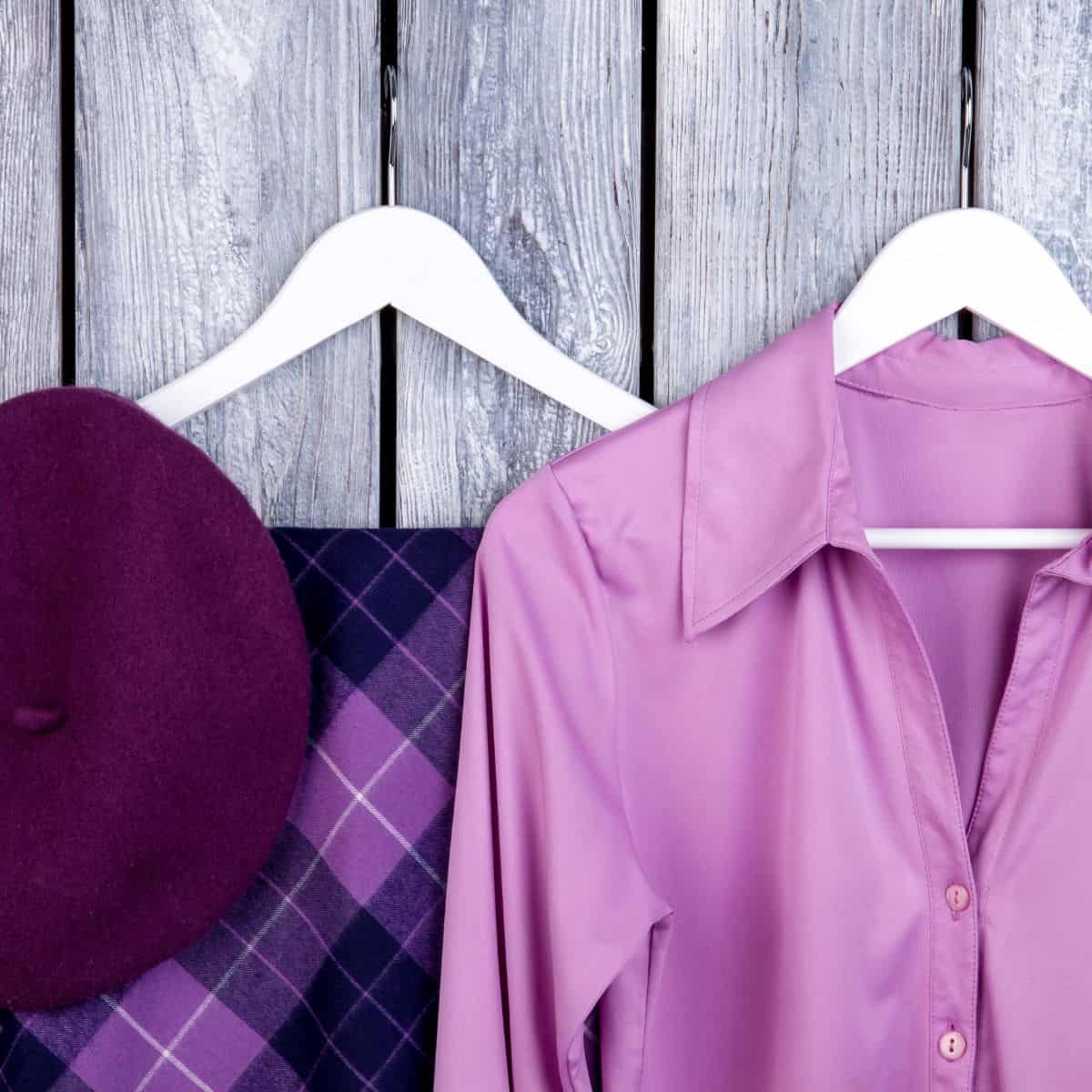
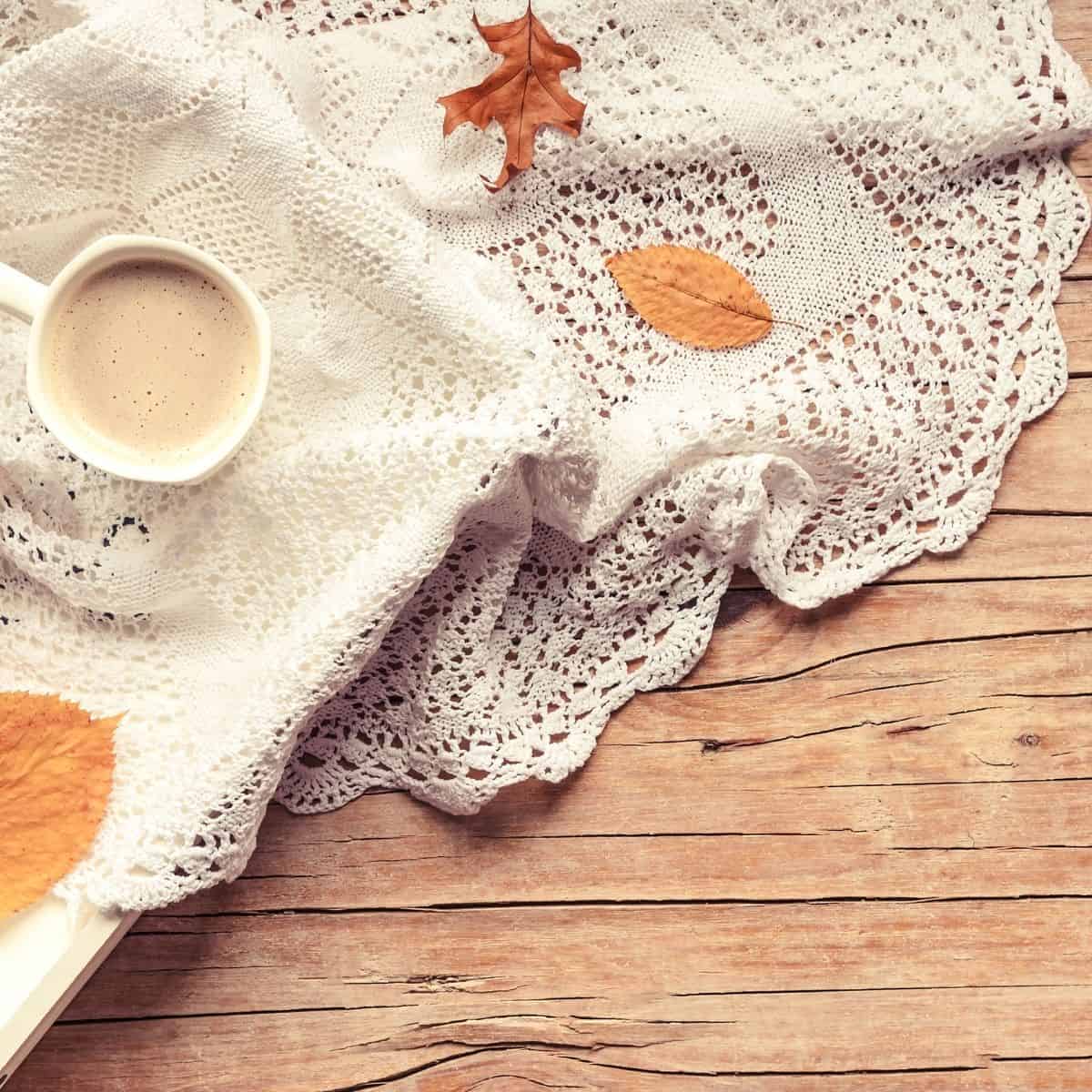
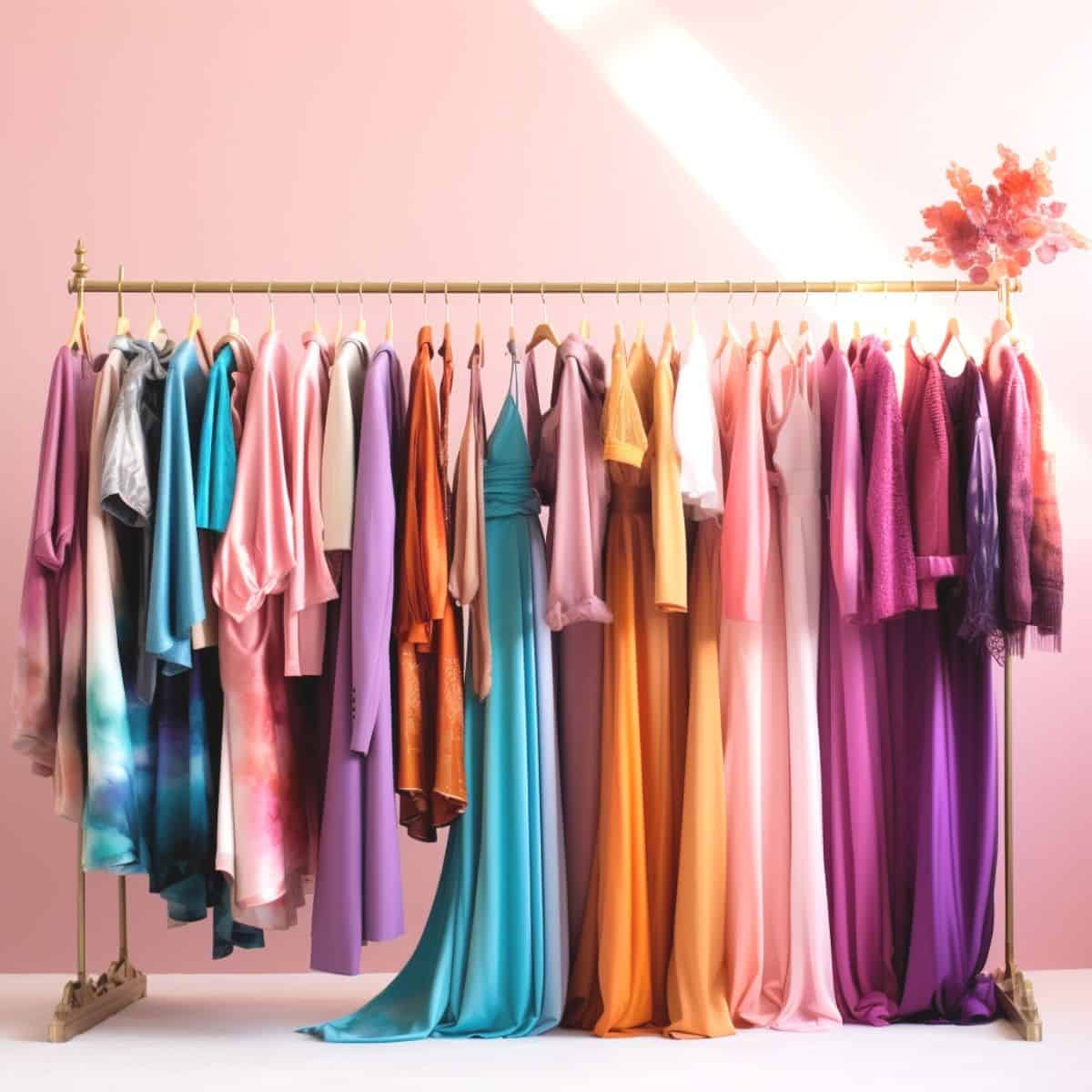
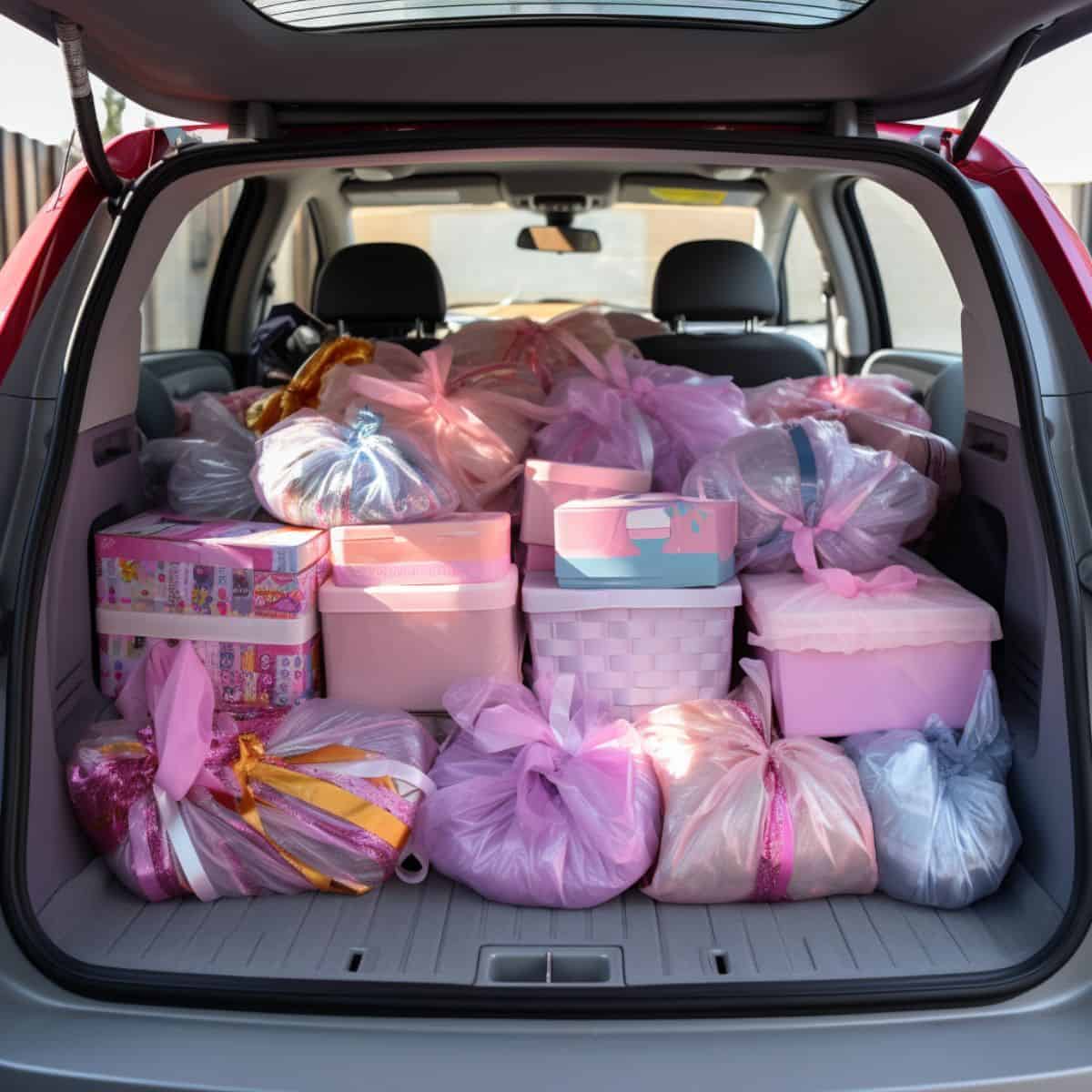
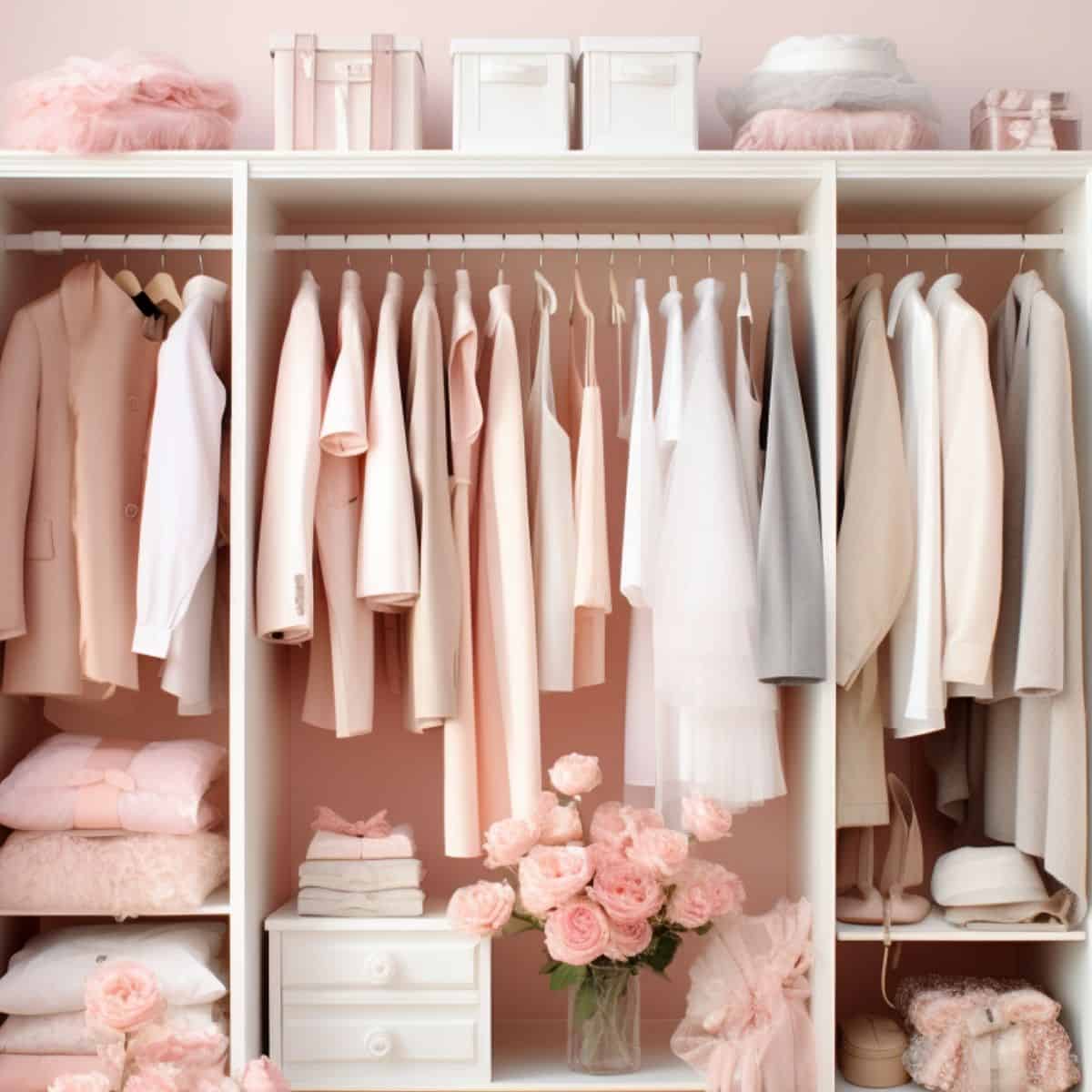
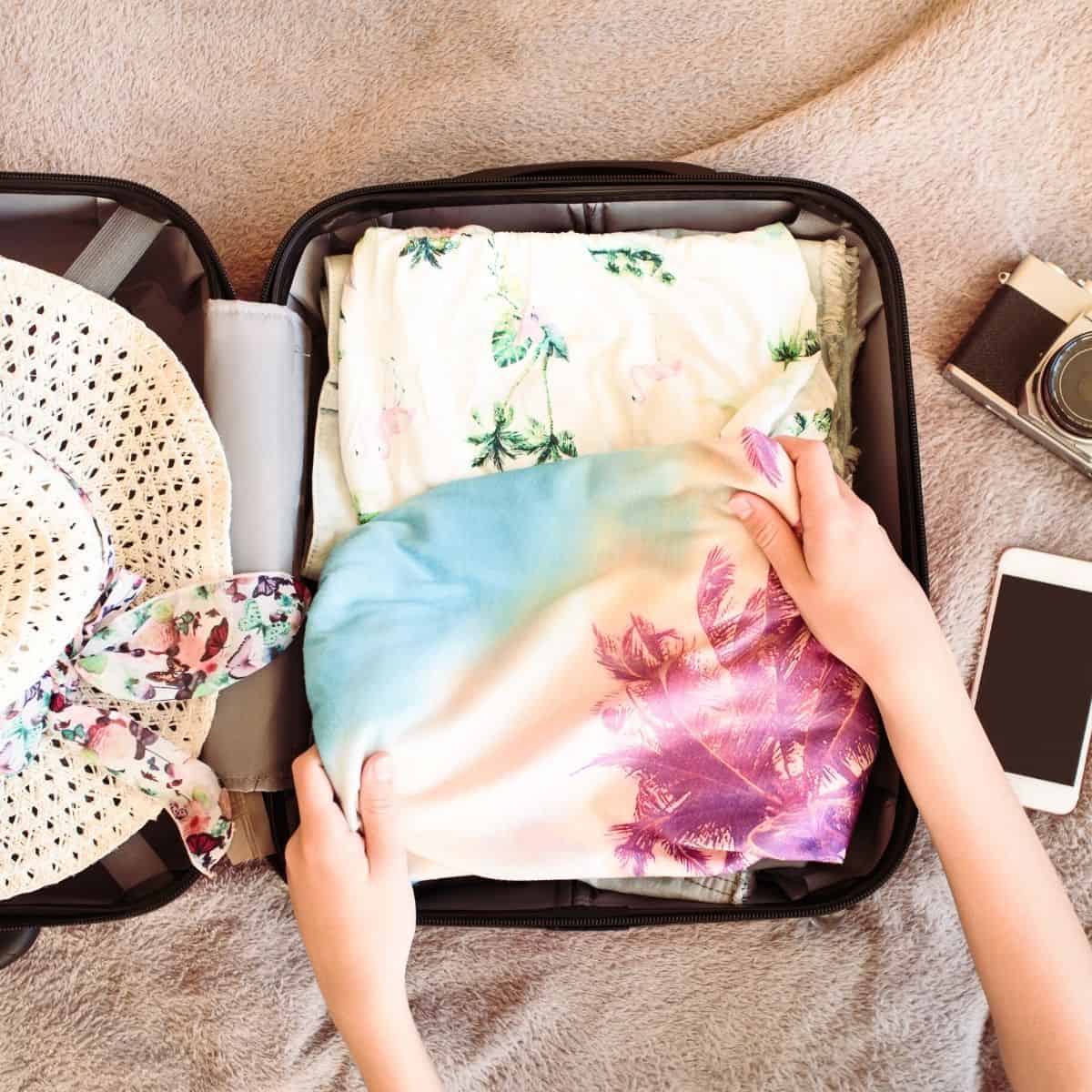
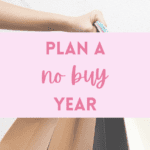
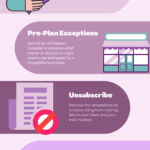





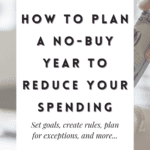

This was excellent! Thinking about WHY and setting parameters IS important. I really, truly want to shop my closet! I like my closet. I kept track of clothing purchases this year and it did help. I even counted money I spent on Color Street—money I should not have spent. I really don’t care about my nails and now I have SO MANY!
As I looked at what I bought, I realized that I don’t love all of it. 🙈 I bought dresses that aren’t petites and need to have them altered. I bought no shows that were too big. I bought $5 tee shirts from a company I like that feel big and are definitely too long. I bought expensive bras that by the time I realized they didn’t work I couldn’t return. I could go on.
I had a very small list of things I wanted and found, all but nude shoes and a striped dress; they would be my exceptions in the coming year. The things I bought that were on my list I DO love because I waited until I found exactly what I was looking for.
I think I might be ready for a no buy season, maybe a full year. I’ve talked a bit with my husband about extending it to other categories—like fishing gear!
You have given me lots to think about. I love that there will be others on this journey with me, whatever I end up doing. You can do it, Stacey!
This WAS a low buy year for me.
Thanks ALWAYS for your amazing encouragement! I think I can, I think I can… 🙂
This post was so thorough. Like Becki said, lots to think about. I really feel drawn to ponder doing a very intentional low buy year. The biggest reason is that shopping has become too much of an emotional crutch to me. I want it to go back to being an occasional hobby.
Hey Holly,
You know I KNOW exactly what you mean!! Jump on in whenever you’re ready!